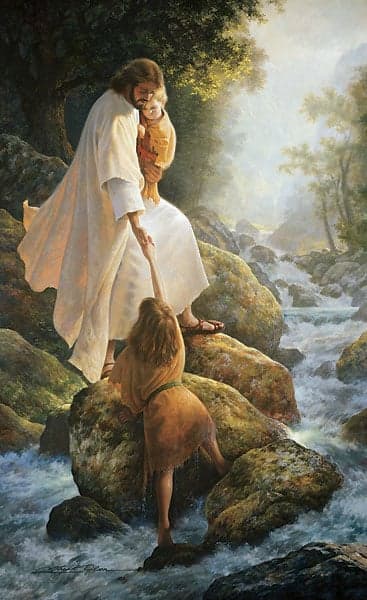Since ancient times, art has played a role in society comparable to that of religion. It explained the incomprehensible, inspired great deeds, and united people in the pursuit of beauty. In the modern era, as traditional forms of spirituality lose their influence, some artists occupy an almost sacred place in public consciousness. Their works are perceived as icons, exhibitions resemble pilgrimages, and their names become symbols of an era. This is especially true in Hungary, where cultural identity has always been expressed through art, and the phenomenon of the "artist cult" takes on a particular character.
HThe Artist as a Prophet of Their Time
Throughout art history, there were periods when the artist functioned as a chronicler—documenting events and reflecting reality. However, in the 20th and 21st centuries, this role has shifted: now the artist is not just an observer but a visionary, asking questions and offering new meanings. They are like prophets who see more than others and share revelations through painting, performance, or digital formats.
Artists such as Ai Weiwei, Frida Kahlo, or József Bak achieve cult status not only because of their style but also because they express the pain, hope, and struggle of the times they live in. Their work is not just art for art's sake—it is an act of faith in change, an aesthetic form of protest, or an acknowledgment of human vulnerability.
How a Cult is Formed: Audience, Media, and Market
The emergence of “saints” among artists is not only the result of their talent. The environment in which they work plays a crucial role. Modern media amplifies artists’ influence: interviews, films, social networks, and even memes create an image that goes far beyond the walls of galleries. The artist becomes a hero, with their personality more important than the canvas. People study their biographies, follow creative crises and personal dramas—just like the life of a spiritual teacher.
Hungarian collectors and curators are also active participants: the inclusion of local artists in the Venice Biennale or exhibitions at the MODEA Gallery in Budapest often become events of national importance. This creates a sense of belonging to something greater—a “spiritual community” of art.
Art as a Form of Faith in the Digital Age
In a world where traditional religious structures are losing influence and the digital space is filling everyday life, art increasingly becomes something to believe in. Visiting exhibitions turns into a ritual, and communities around artists resemble congregations. Fan pages are created on social media where admirers discuss not only the meaning of the works but also share personal interpretations—just like commentaries on sacred texts once did.
Even in the realm of online entertainment, including the popular online casinos in Hungary, the influence of visual culture is evident: increasing attention is paid to game interface design, with styles such as pop art, symbolism, and cyberpunk reflecting how deeply aesthetics have penetrated daily life.
The Hungarian Context: When the Artist Becomes the Nation’s Voice
For the Hungarian viewer, the figure of the artist is often linked not only with aesthetics but also with national identity. Names like Tivadar Csontváry, Victor Vasarely, or contemporary László Fehér gain symbolic status—not only because of their style, but due to their ability to reflect the spirit of the nation, its fears, transformations, and hopes. This is especially noticeable in times of social change, when society seeks new points of reference.
The artist cult in Hungary often intertwines with patriotism and historical memory. Exhibitions become collective acts of recognition and respect. And the artists themselves become informal opinion leaders—even if their work is not political in nature.
The Fine Line Between Recognition and Idolization
However, every cult has its downside. Turning an artist into an icon can distort perception. Art starts being valued not for its meaning but for the signature on the canvas. The worship of the individual overshadows the idea. That’s why it’s essential to maintain critical thinking and remember: the true meaning of a work lies not in the author's status, but in what it evokes in the viewer.
Conclusion: Art as the Mirror and Altar of Modernity
Contemporary art in Hungary and around the world continues to fulfill one of its main functions—to serve as a mirror of the era. However, for many, it has also become an altar—a place where new rituals of faith and meaning are performed. Artists who achieve cult status are not just creators but symbols of new spirituality. In a world that is constantly changing, they remain the guides between reality and the ideal.

